RESOURCES
General
A/V 101 is a MIPoPS workshop hosted at professional conferences and cultural institutions around the northwest. It is an introduction to film, video, and audio formats and their particular challenges. It offers advice on identification, damage and deterioration, storage, and how to approach preservation and digitization for institutions of various sizes and resources.
If you are interested in hosting or attending a workshop, reach out to us! If you’d just like to peruse the A/V 101 resources, check out these links:
- A/V 101 presentation slides – In PDF or PowerPoint format
- A/V 101 Resources – A folder containing handouts used in the workshop as well as supplementary information and guides.
- MIPoPS List of Recommended Vendors – This is a list of local vendors that MIPoPS recommends to people for personal video, audio and film transfers.
- Session 1: Introduction to Preservation – Northeast Document Conservation Center
- Video Preservation: The Basics – Experimental Television Center
- AV Compass – Bay Area Video Coalition
Free online resource to help with identification, assessment, inventorying, and preservation planning of AV materials. - “Good Enough” Digital Preservation Solutions for Under-Resourced Cultural Heritage Institutions – Digital POWRR
- The Illustrated Media Format Guides – Ashley Blewer, Archives of Tomorrow
- DV Formats – DVRescue Project Documentation
- Video Format Identification Guide – Sarah Stauderman & Paul Messier, Smithsonian Center for Materials Research and Education
- Videotape Identification and Assessment Guide – Texas Commission on the Arts, 2004
- Preservation Self Assessment Program’s Format ID Guide – University of Illinois at Urbana-Champaign
- Magnetic Tape Storage and Handling: A Guide for Libraries and Archives – Dr. John W.C. Van Bogart, National Media Laboratory
- Care, Handling, and Storage of Audio Visual Materials – Library of Congress
- Contaminated Tapes – MIPoPS Manual
- “The Most Common Tape Problems,” Videotape Preservation Handbook – Jim Wheeler (Association of Moving Image Archivists)
- Do-It-Yourself Videotape Baking – TGrant Photo
- If I Knew You Were Coming I’d Have Baked A Tape!: A Recipe for Tape Restoration – Eddie Ciletti
- Process for restoring magnetic recording tape damaged by “sticky shed” syndrome – Charles A. Richardson
- What Can Go Wrong with Magnetic Media? – Dr. John W.C. Van Bogart, National Media Laboratory
- Guidelines for the Preservation of Video Recordings – IASA Technical Committee: Standards, Recommended Practices, and Strategies
- A Sticky Situation: Baking the Tapes – National Public Radio
- The Island of Misfit Tapes – Jonathan Richardson and Rob Mobley, Indiana University
- Magnetic Tape Binder Breakdown – Preservation Self-Assessment Program (PSAP), University of Illinois at Urbana-Champaign
- Tape Degradation Factors and Challenges in Predicting Tape Life – Richard L. Hess
- Degrading Tapes – Richard L. Hess
- Baking Analog and Digital Audio Tape (Or Not) – Corey Bailey
- Lubricating Polyester Audio Tape – Corey Bailey
Digitization
- Open Source list of Workflows for AV Preservation Projects – Association of Moving Image Archivists
- A Guide to Approaching Audiovisual Digitization for Artists and Arts and Culture Organizations – Bay Area Video Coalition
- Minimum Viable Workstation Documentation – Ashley Blewer
- Minimum Viable Workstation Recipes – Ashley Blewer
- The Cable Bible: A Guide to Cables and Connectors Used for Audiovisual Tech – Association of Moving Image Archivists
- Capturing Video Formats: A Mostly Pictorial Guide – Jackie Jay, American Archive of Public Broadcasting
- Working with the DPS-575 and creating Audio Terminal Block connectors – Bay Area Video Coalition Preservation
- DV Transfer Station – DVRescue Documentation
- MIPoPS Inspection Library – MIPoPS
A set of audio, video and photo examples of various type of contamination. - AV Artifact Atlas – Bay Area Video Coalition
- DV Artifacts – DVRescue Documentation
Sharing Video
- PBCore – A cataloging standard for the description of audiovisual content.
- Cataloging Guidelines – American Archive of Public Broadcasting (AAPB)
- Listening and Viewing Guidelines – American Archive of Public Broadcasting (AAPB)
- Describing Archives: A Content Standard – Society of American Archivists
- Internet Archive – Anyone with a free account can upload media to the Internet Archive. They work with thousands of partners globally to save copies of their work into special collections.
- Working with Internet Archive through the Command Line – Internet Archive
- Using Internet Archive: A guide – The Digital POWRR Project
Managing Files
- MIPoPS Microservices – Evolving library of coding and automation tools used at MIPoPS.
- How Codecs Work (Video) – B&H Photo Video
- White Paper: Encoding and Wrapper Decisions and Implementation for Video Preservation Master Files – Mike Casey, Indiana University Media Digitization and Preservation Initiative
- Choosing a Digital Format for Video Archiving Masters – PACKED vzw: Centre of Expertise in Digital Heritage
- FFv1 Codec: Sustainability of Digital Formats, Planning for Library of Congress Collections – Library of Congress
- A Primer on Codecs for Moving Image and Sound Archives – Chris Lacinak, Audiovisual Preservation Solutions
- Handbrake – A tool for converting video from nearly any format to a selection of modern, widely supported codecs.
- Ffmpeg – A complete, cross-platform solution to record, convert and stream audio and video.
- Ffimprovisor – An excellent guide to using ffmpeg.
- MKVToolNix – A set of tools to create, alter and inspect Matroska files under Linux, other Unices and Windows.
- MIPoPS Best Practices Day – Digital Preservation – Presentations and notes from a skill-sharing event on Digital Preservation hosted by MIPoPS on December 6, 2019. This event was sponsored by a grant from the National Historical Publications and Records Commission.
- VIDEOAIP – Creates Archival Information Packages that adhere to the bagit standard with an mp4 access file, technical metadata and checksums.
- MediaInfo – Displays the most relevant technical and tag data for video and audio files.
- MediaConch – An extensible, open source software project consisting of an implementation checker, policy checker, reporter, and fixer that targets preservation-level audiovisual files (specifically Matroska, Linear Pulse Code Modulation (LPCM) and FF Video Codec 1 (FFV1)) for use in memory institutions.
![]() Icon indicates this is an open-source tool!
Icon indicates this is an open-source tool!




